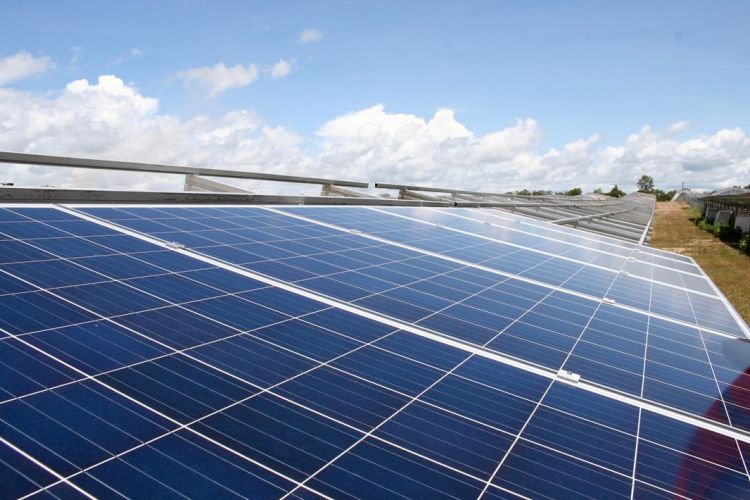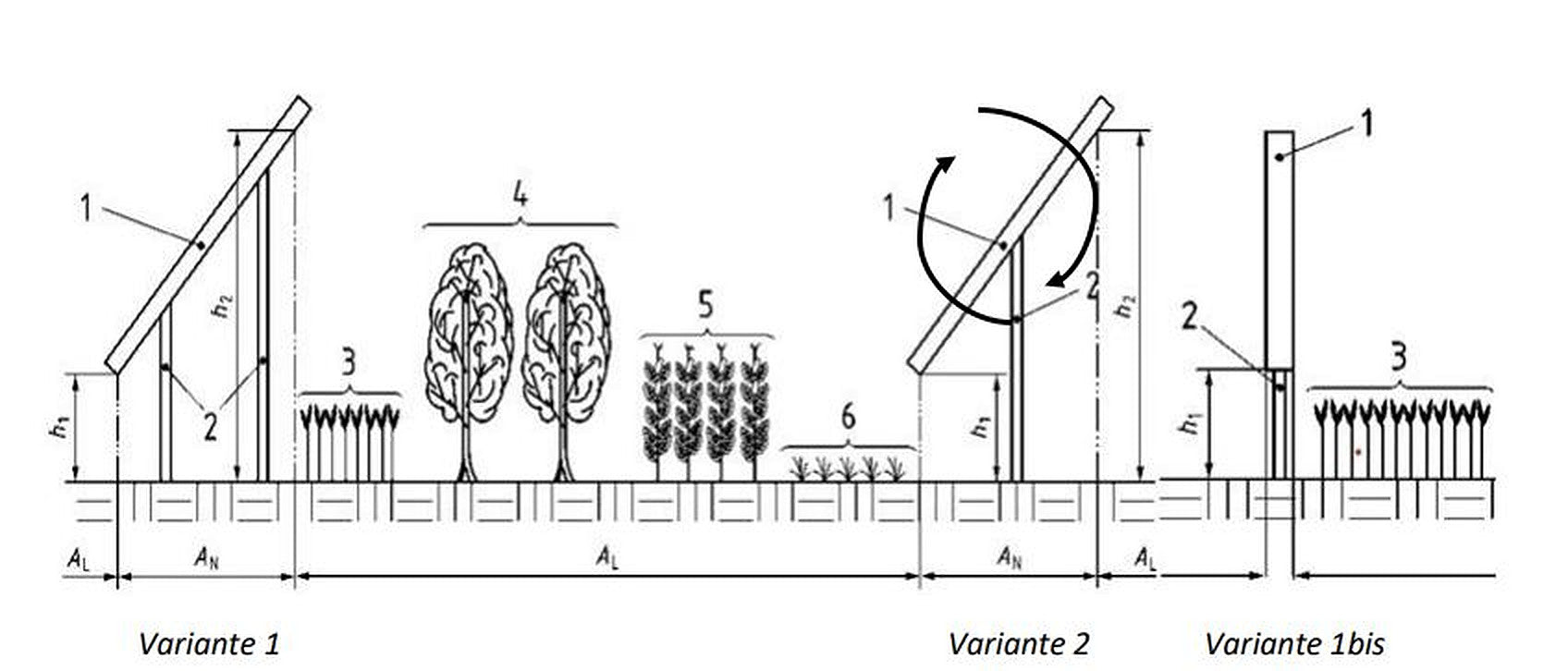https://www.pv-magazine-australia.com/2022/03/12/weekend-read-sodium-ion-batteries-go-mainstream/
Weekend read: Sodium-ion batteries go mainstream

With backing from new owner Reliance Industries, Faradion is laying out plans for double-digit gigawatt-scale manufacturing of its sodium-ion battery technology.
Faradion
From pv magazine 01/2022
Sodium-ion (Na-ion) batteries offer superior environmental credentials, enhanced safety, and better raw material costs than lithium-ion (Li-ion). In addition, Na-ion batteries also promise strong performance and continuous improvements in density and cycle rate are making the chemistry particularly exciting.
“Sodium-ion technology is still in its infancy but represents a viable alternative to Li-ion technologies, depending on how far companies are willing to invest,” says Max Reid, research analyst at Wood Mackenzie. And alternative battery technologies that use fewer or zero critical raw materials could ease the growing strain on Li-ion supply chains.
Sodium is a thousand times more abundant than lithium and there is practically an infinite supply of it, with the overall cost of extraction and purification far lower. Generally, Na-ion cells are quoted to be between 20% and up to 40% cheaper, but the challenge is bringing the technology to scale.
“In the short term, the cost to manufacture Na-ion will be high as producers look to reach scaled production in the mid-2020s,” Reid says. “In this time, demand for batteries in the EV sector will surge from 0.6TWh in 2022 to 2.8TWh by 2030, a boom too soon for the Na-ion market.”
According to WoodMac, Na-ion batteries are expected to replace some of the LFP share in passenger EVs and energy storage, reaching 20GWh by 2030 in the base-case scenario. “We expect Na-ion technology to eat into Li-ion’s dominating market share – yet there are still many unknowns that need to be addressed before the technology can follow Li-ion’s skyward trajectory,” says Reid. Battery material prices will clearly influence the outcome. If the price of lithium continues to rise, then the Na-ion cell could sooner become comparatively more attractive and secure a larger market share more quickly.
Production must also move past its infancy, but with industrial heavyweights pouring in resources and manufacturing experience, Na-ion appears to be doing so.
Giga fabs
On the last day of 2021, Indian conglomerate Reliance Industries said its solar unit would buy UK-based Na-ion battery technology pioneer Faradion for GBP 100 million ($136 million), including debt. The move marked Reliance’s sixth acquisition in the renewable energy sector. It was part of its ambitious $10 billion plan to manufacture and fully integrate all “the critical components of the New Energy ecosystem,” spanning every stage of the solar supply chain, batteries, electrolysers and fuel cells.
Under the plan, the conglomerate – which covers everything from textiles and polyester fibres to petrochemicals and petroleum refining – will build several gigafactories within India by 2024. As for its Na-ion manufacturing ambitions, Faradion CEO James Quinn told pv magazine that the plan is to build a double-digit-gigawatt fab.
“I think it’s very clear that Reliance is really going all in on sodium-ion technology and building at giga factories level. And this is what the technology needs to be able to scale,” he said. “You need around 2,500 tons of cathode to do 1GW of cell manufacturing so the scale to go up into 10GW to 20GW is massive.”
Li-ion has had a head start of decades when it comes to production volume, reducing costs as it has scaled. But Quinn firmly believes that with Reliance and Faradion under the same roof, there is a unique opportunity to continue to innovate and advance the technology but at the same time scale it at a massive level.
“Their own captive requirement is so massive that that alone can significantly bring the cost down,” Quinn says. Reliance itself could have tens of gigawatts of captive requirements – it owns the largest telecom company in the world with 450 million subscribers, and has 22,000 trucks, to mention a few. In addition, the enterprise plans to build at least 100GW of solar projects by 2030, which it might decide to couple with batteries. “I think it’s the best chance for sodium-ion to really become mainstream,” Quinn says.
Faradion was the first company to champion Na-ion battery technology more than 10 years ago and back then had basically no competition. “We were really early in, so we put a web of IP around sodium-ion,” Quinn says. But interest has grown, and several companies have since emerged. They include HiNa Battery Technology (a spinoff from the Chinese Academy of Sciences), Tiamat (which came out of the French National Centre for Scientific Research), Natron Energy (a spinoff from Stanford University in the United States), Altris AB (started by a team from Sweden-based Uppsala University), and of course, China’s Contemporary Amperex Technology Ltd. (CATL) – the 800-pound gorilla in the battery industry.
Next generation
CATL released its first generation of Na-ion batteries in mid-2021, with plans to establish a basic industrial chain by 2023. At the launch, the Chinese battery manufacturer said it has been dedicated to the research and development of sodium-ion battery electrode materials for many years. It said its first generation of sodium-ion battery cells can achieve energy densities of up to 160Wh/kg and it is now aiming to exceed 200Wh/kg.
However, when asked by pv magazine about improvements that will enable the jump in energy density announced for its second generation of sodium-ion batteries, CATL did not respond directly. It instead forwarded several local media reports as a suggestion for further reading. These articles speculated that CATL is working on anode-free metal battery technology, which will first be applied to the next generation of its Na-ion batteries, but not only limited to that space.
CATL has reportedly filed a patent named “Na metal battery, electrochemical device,” in which the metal layer formed on the negative current collector after the first charging is completed is used in place of the negative electrode. The absence of the anode from the manufacturing process, and its creation after the battery is assembled and charged for the first time, would be a unique advantage. It appears that CATL has not only laid out relevant material design patents, but also took the lead in applying for production process patents, which indicates that the research progress on this technology may be advanced.
Meanwhile, Faradion says it has already achieved a big jump in the energy density by virtue of cumulative iterative improvements on its cathode, anode, and electrolyte, and demonstrated a capacity of 190Wh/kg, which is now being transferred into production. In addition, the company is working on step change innovations, and as Quinn confirmed, expects to push the energy density towards 250Wh/kg. That would bring it on par with most Li-ion batteries today.
Powerful synergy
Ultimately, Na-ion will be a complementary technology to Li-ion, rather than a competitive one. The two battery technologies have much in common in terms of structure and working principles and can often even use the same manufacturing lines and equipment. Therefore, CATL is simply integrating its sodium-ion offering into their existing Li-ion infrastructure and product ecosystem.
“We have rolled out our AB battery system solution, which uses both sodium and lithium-based cells in one EV pack, thus helping leverage the benefits of both chemistries and opening up more room for application scenarios for sodium-lithium battery systems,” a CATL spokesperson said.
The system compensates for the current energy density shortage of the Na-ion cells and benefits from their performance in low temperatures. Faradion’s Quinn added: “You never put LFP in the same battery pack as NMC, you don’t really gain anything, but you can to this with Na-ion, it works like a supercapacitor, if you will.”
This content is protected by copyright and may not be reused. If you want to cooperate with us and would like to reuse some of our content, please contact: editors@pv-magazine.com.
<




